Keep People On Your Website With Improved User Experience
These days, getting people to your website is only one part of the marketing adventure. More important is keeping them there for as long as possible.
Using advertisements to drive online traffic to your website costs hard-earned money, and generally, you pay per click. One click represents one potential customer visiting your website or landing page.
It’s important to realize that the click isn’t what matters, though; it’s what that click leads to that matters.
Like sub-par advertisements that miss out on quality traffic, websites designed without regard for user experience greet valuable traffic with a dead end. So, you need both! You need a cohesive digital advertising strategy and an immersive, user-friendly website experience. Paying attention to user experience keeps website visitors interacting with your page, boosting the awareness, consideration and conversions you need to for your business to thrive.
In the following paragraphs, we will dive into what user experience entails, why it matters and give you five valuable tips for improving it on your website. Our goal is to help empower you with yet another weapon to add to your marketing toolbox to attract customers and clients.
Let’s go!

What Exactly Is User Experience?
It really is as simple as it sounds.
Visiting a webpage invokes an on-page experience, of which we have control over. What you see on each website page is predetermined by the design process responsible for its creation. A user experience (also known as UX) expert deploys purposeful elements into a website’s design to encourage users to interact meaningfully with each page.
Ultimately, at the end of every interaction, you want your users to take action in some way.
Some design elements are focused on brand awareness, with the interaction geared towards learning more about a company’s offerings. With a conversion-focused element, the desired action is usually a lead form submission or a purchase. A website with intelligent user experience tends to make the right decision the easiest, leading to increased consideration for the end goal.
Why Does It Matter?
You may be asking why user design matters, particularly those with a relatively modern website. You may have created your website using one of many DIY website builders, and it may even look visually appealing at first glance.
However, user first-impression should not be confused with user experience.
Even the nicest-looking websites may not effectively entice visitors to interact in meaningful ways. For example, is the most important information in the most appropriate places? Does your website reflect the proper voice and tone and colour elements when you consider your target audience?
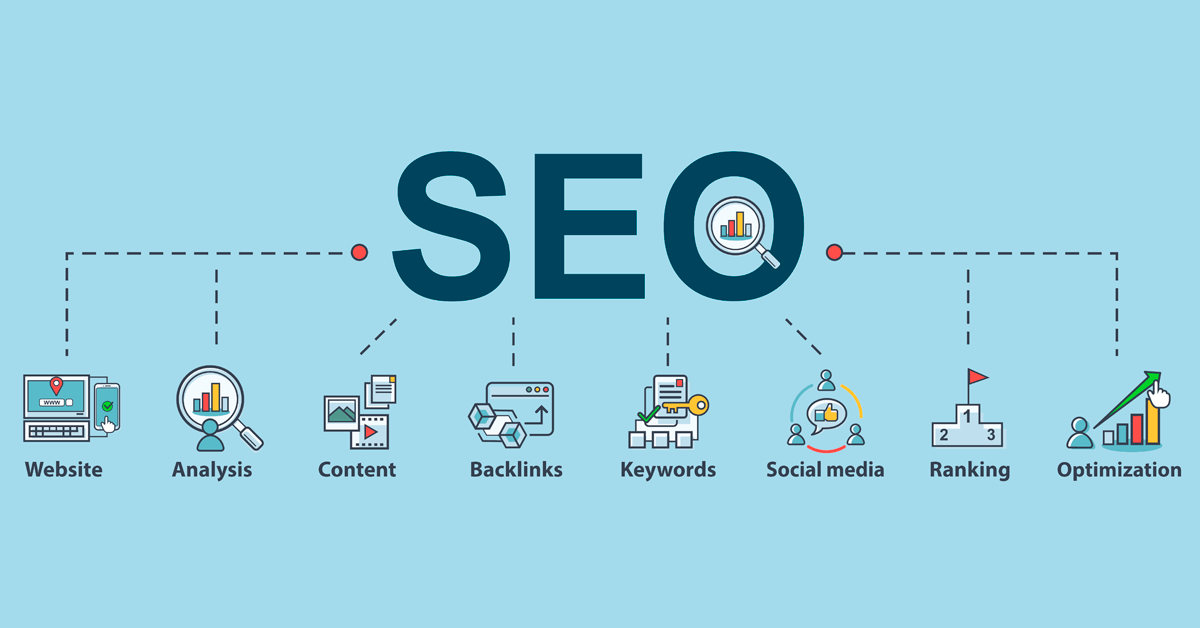
Another crucial element of a high-quality user experience lies in the search engine optimization (SEO) benefits. If you want your website to show on the first page of Google search results, effective page design is critical! Google prioritizes websites with higher levels of engagement and interaction, as it sees such websites as satisfying user intent. It also prioritizes websites that keep users on-site for longer. If you want your site to rank well, you must initiate a strategic dance between SEO and user experience.
User attention is in short supply these days. User experience maximizes each moment of a website visitor’s attention to keep your business top of mind.
Let’s Build Some Momentum
Now, we turn to the five ways to start improving your website’s user experience! Keep in mind that UX is a complex skillset, and these are by no means the only five factors, but they’re a great place to start!
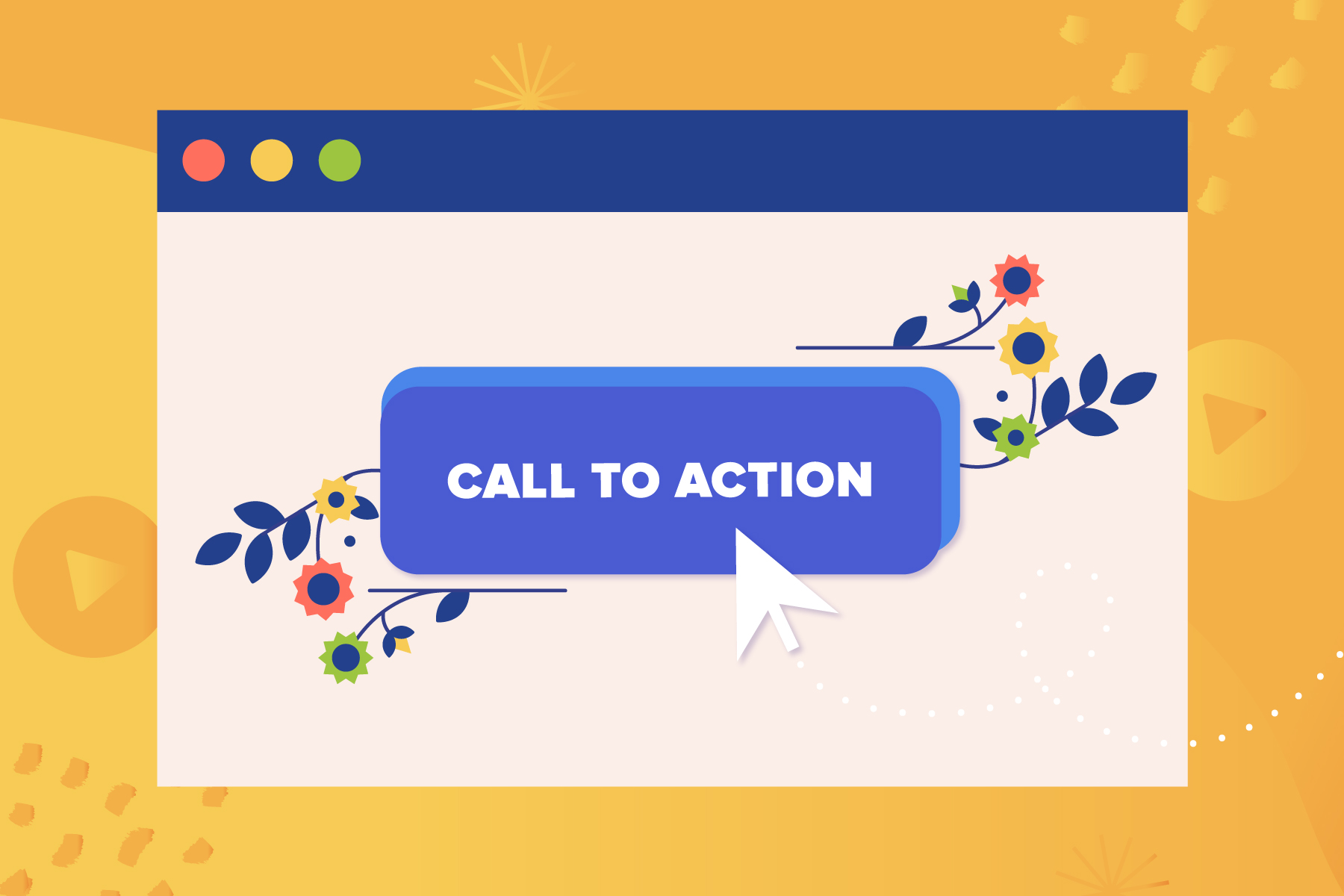
Attractive Call To Action
Use on-page visual clues to lead your website visitors towards an attractive call to action. Known in marketing as “CTA’s,” calls to action also guide your visitors to different parts of your website. Do you notice how some websites are notoriously easy to navigate to relevant information? This is user experience in action! The key to CTA effectiveness generally lies in the colour used, its location on the page and how likely the statement is to encourage some type of action.
Page Speed
It’s not just about page look; it’s also about page speed! Poor page loading speed contributes to weakened user experience, leading to user frustration and a higher chance of page abandonment. Page speed is key to overall website optimization. Things that contribute to slow page speed include unreasonably large images, caching problems, and lack of lazy loading implementation.
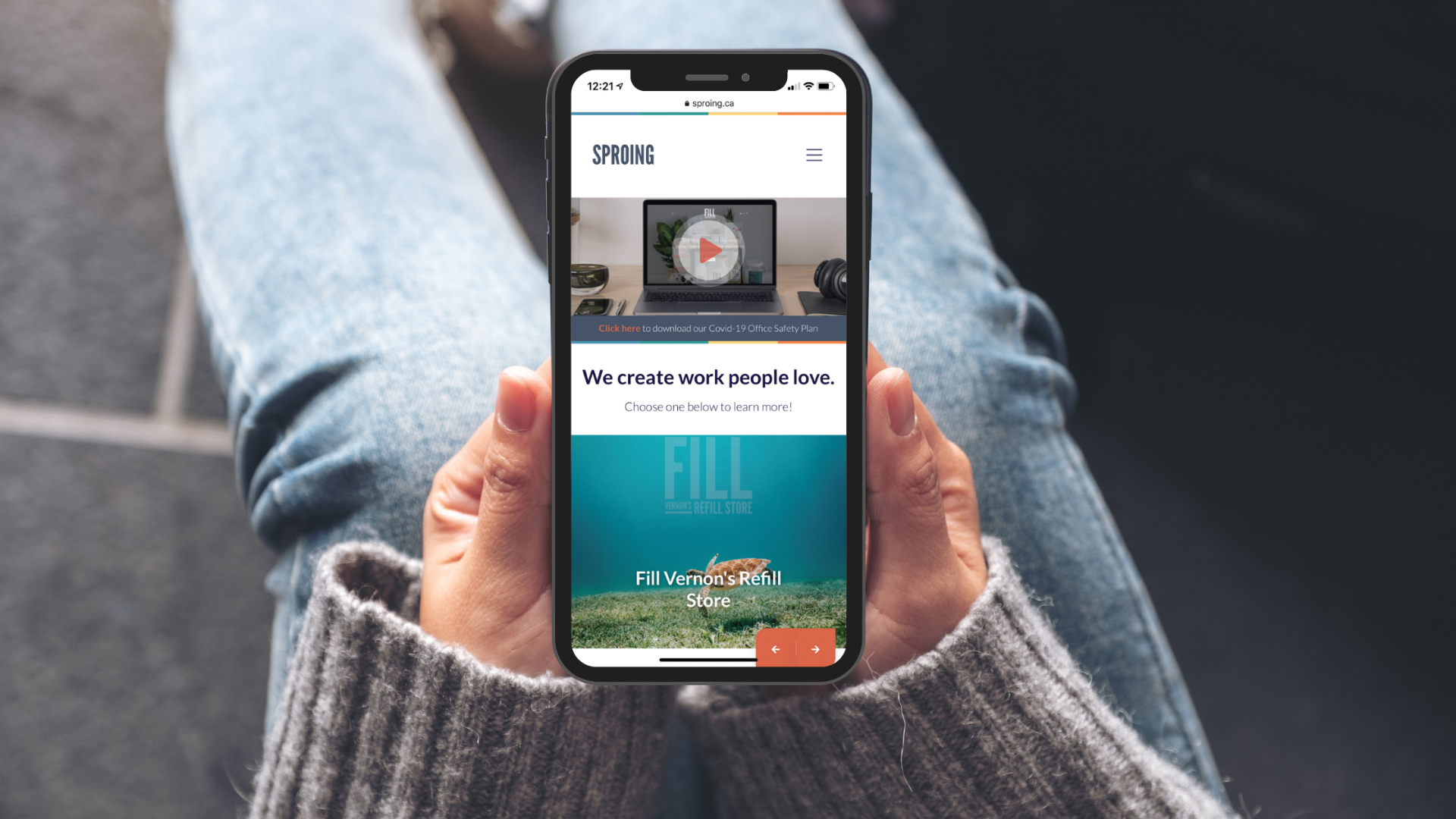
Responsive & Mobile-Friendly
Because user experience involves meeting users where they are, it’s critical to make sure your website is responsive and mobile-friendly. 52.2% of all website traffic is generated from mobile phones, and 61% of consumers say they’re more likely to purchase from mobile-friendly sites. You sure don’t want to create a great experience for desktop users and forget about valuable mobile traffic!
Keep Content Consistent
To ensure website consistency, do your best to make every element match from a thematic standpoint, including:
- Heading sizes and placement
- Fonts
- Colour choices
- Button styles
- White spacing
- Photo quality and quantity
- And more!
Your focus should be on making the user know they’re still on the same website as they navigate different pages. Build your site with consistency to ensure user trust.
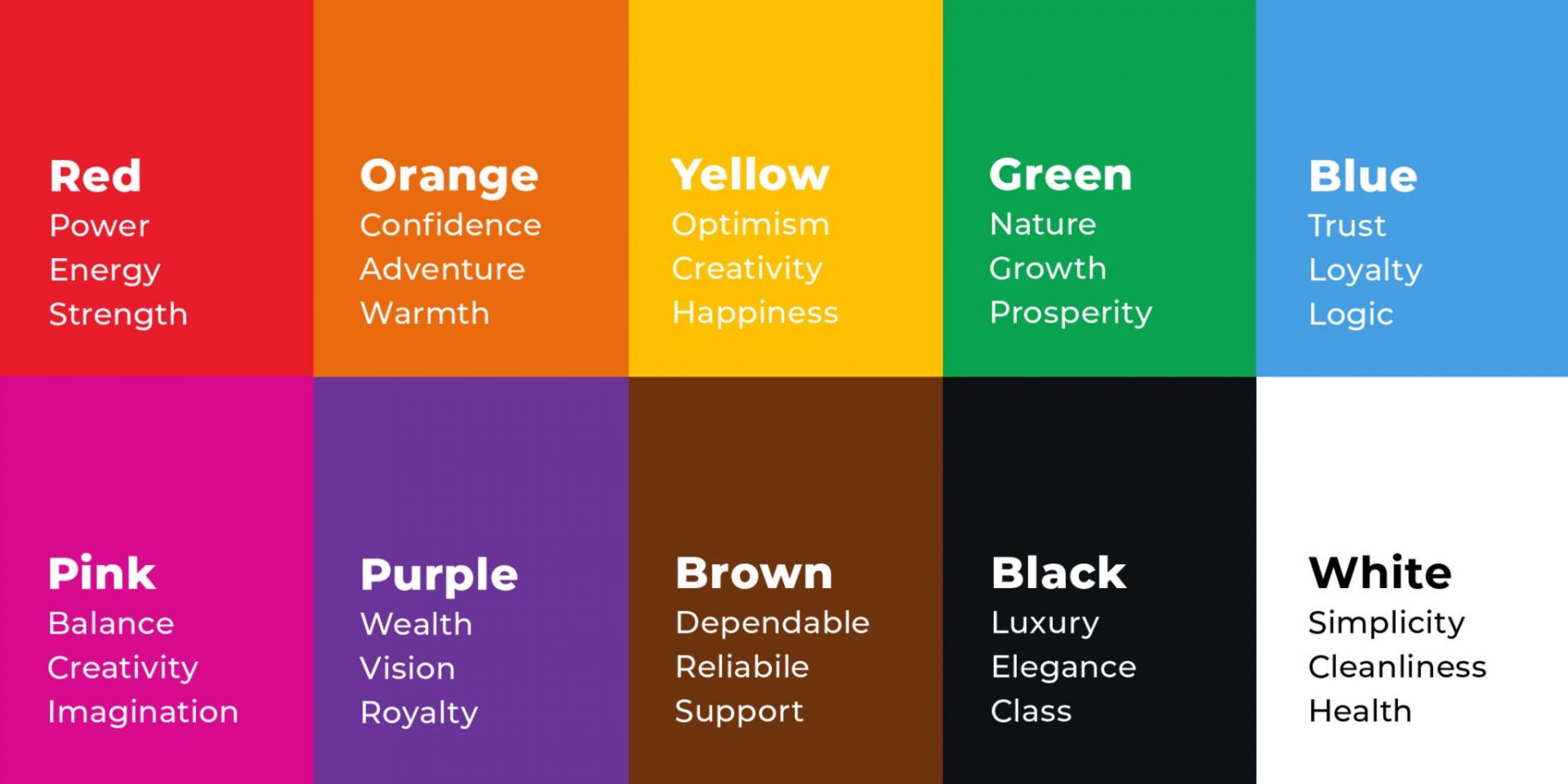
Colours & Fonts
The human brain is a combination of logic and emotion, the latter of which is influenced by colour! Different colours elicit different emotions, whether it be in your branding, advertising or your website. Consider your product, service and audience when selecting your colour profiles, then remain consistent. The same goes with the font choice! Font’s elicit different vibes when applied to your website and marketing materials. After choosing a worthy font, again, stay consistent and keep building user trust.

Conclusion
Designing your website with user experience in mind requires thoughtfulness, resourcefulness and consistency.
Be thoughtful about your target audience’s experience when they reach your website. Keep a resourceful mindset to create an attractive, dynamic on-page environment. Then, apply these principles to every page on your website to guarantee consistency. In doing so, you’ll earn and maintain trust on behalf of your cherished visitors, helping them find what they need.
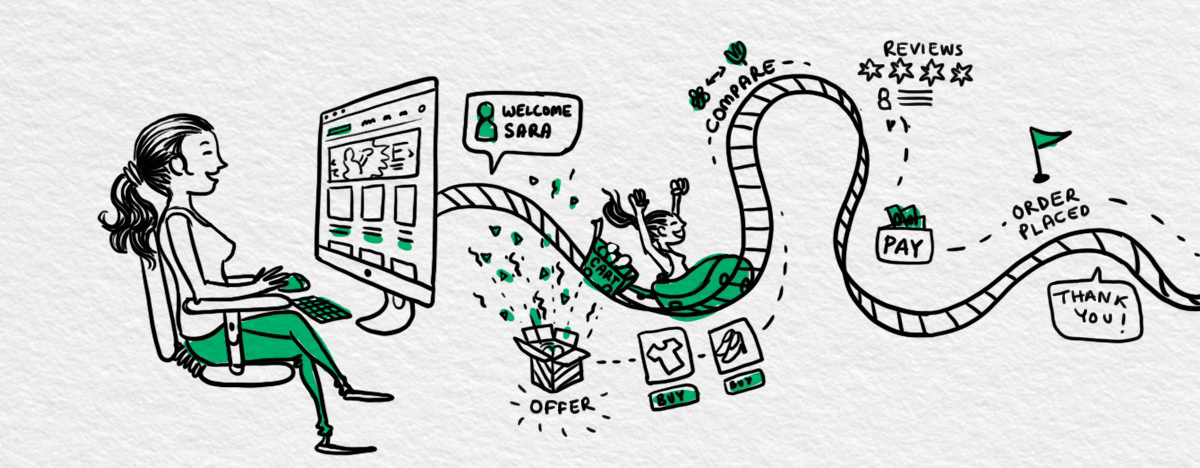
This is the promise of user experience. It’s meeting your customers and clients exactly where they are, respecting their valuable time and delivering what they need when they need it.
At Sproing Creative, we ensure user experience guides every custom website and landing page build we undertake for clients. We work with each client to determine what design elements are suitable to their unique target audience and apply the concepts accordingly. We also help established businesses update their existing website to make them more interactive and user-friendly.
To learn more about how website design can help you, click here.
To learn more about how SEO services complement user experience, click here.